
Taking the Wide Perspective – A User’s Review of the Voigtlander Nokton 21mm f/1.4 Asph VM (Leica M-mount) lens
By Ashwin Rao
Hi gang,
I hope that everyone is staying safe during this most trying time for our world, with the Coronavirus (COVID-19) outbreak impacting so many communities, work, and recreation. Many photographers have been forced to stay in, while others, such as me, have found ways to “socially isolate” while taking photos that suit my mood. To this end, I bring you perspective on a new lens on the block, specifically Voigtlander’s 21mm f/1.4 Asph VM Mount lens for the Leica Mount cameras. I specify here, since Cosina had previously released this lens in FE mount. For all intents and purposes, these lenses are optically identical. One could imagine these lenses performing slightly differently, due to the different sensor design (employing microlenses) used by the Leica M camera system. To that end, what follows are my impressions of the lens having used it for nearly 1 month. Qualifier: I am typically comfortable shooting at focal lengths of 28mm – 50mm. That being said, I tried to acquaint myself with the 21mm f/1.4 M mount lens and the perspective offered by this lens.
The tech specs
Cosina Voigtlander is truly engineering some fantastic lenses these days, including the recently released 35mm f/1.2 III, 40mm f/1.2 , and 50mm f/1.2 and 75mm f/1.5 asph lenses, all offering ultrafast alternatives at standard focal lengths common in rangefinder use. These lenses are all manageably priced, built to a level nearing the Leica standard (better than prior Zeiss build, in my opinion), and offer valid alternatives to Leica lenses in terms of style of rendering, sharpness, and ergononomics. Sure, leica lenses are among the best ever made, and remain so, but Voigtlander has raised the bar enough for many M mount (and mirrorless) users to question and ponder them as viable alternative lenses, irrespective of price. I think of Voigtlander as filling in gaps that Leica is unwilling or unable to fulfill. For example, the CV 50 mm f/1.2 lens offers a compact, high speed alternative that sits comfortably between the Summilux and Noctilux options of Leica, at a price comparable to the recently discontinued Summarit line.
The 21mm f/1.4 Asph is composed of 13 elements in 11 groups, thus providing a somewhat complex optical formula. It has a rather large filter thread of 62mm and possesses a 21 blade aperture that does a nice job maintaining “roundness of highlights” even when stopped down. The lens opens up (obviously) to f/1.4 and can be stopped down to f/16. The lens can focus down to 0.7m using rangefinder parallax methods, but if you possess an EVF or wish to guess, the lens can focus down further to 0.5m, which comes in handy from time to time. It weighs in at a somewhat hefty (for a rangefinder lens) 480g, making it about 59 g lighter than its optically identical Sony E-mount sibling. Thankfully, a lens hood is included as part of your purchase. The lens comes neatly packaged in standard Voigtlander fashion and currently costs $1049 and can be acquired in the U.S. directly from CameraQuest.com, to official wholesale U.S. Distributor of Voigtlander supply.
In hand…
Comparisons
The obvious comparisons) for the Voigtlander 21mm f/1.4 Asph lens are Leica’s own 21mm f/1.4 Summilux Asph lens and Voigtlander’s own 21mm f/1.8 Asph lens, which was released just a few years back. Voigtlander also has a 21mm f/3.5 asph lens, while Leica’s current lineup currently houses its 21mm f/3.4 Super Elmar Asph lens.
While I have used the 21mm f/1.4 Summilux several years ago and owned one much more remotely, it would be hard for me to directly compare the 2 lenses, in terms of their optical properties. I recall the 21mm Summilux has having a very 3-dimensional rendering, strong contrast, and vivid colors. The ‘Lux also has a aperture range of 1.4-16 and can focus down to 0.7 m (though it does not extend down to 0.5m as is the case with the Voigtlander). The 21 ‘lux comes in 100g heavier than the Voigtlander at 58g and utilizes a screw-in hood with a series VIII filter hood. The 21 lux also has a different optical formula utilizing 10 elements in 8 groups. The 21mm ‘Lux possesses a 92-degree angle of view compared to the Voigtlander’s 90-degree max viewing angle.
I have never used the Voigtlander 21 mm f/1.8 Ultron asph lens, but I held off getting this lens due to its relative heft and lack of a removable hood, making it somewhat more cumbersome to use. As for the remaining 21mm rangefinder lenses, they tend to be smaller and lighter. These super-speed ultra-wide lenses tend to occupy a space of their own.
Why own a super-speed, super-wide lens?
So why own such a peculiar beast of a lens? In 1 word: CREATIVITY. For a long time, I have operated my photography at focal lengs between 28mm and 50mm, occasionally straying to 21mm or 90 mm. I have tended to have more compact 21mm lenses that I could “throw in” to my bag for occasional use.
Lenses such as the 21mm Nokton demand to be used? Why? Well, they take up real estate, and if you are not using this lens, you are likely selling it pretty fast. This is what happened for me in my time with the Leica 21mm Summilux. It was hard for me to justify the cost and investment in a lens that I found to be heavy and cumbersome, and I was not enough of a 21mm shooter to justify that investment or size.
And yet, here I am, a decade later, really enjoying my foray back to 21mm with the Voigtlander 21mm Nokton. Why, might you ask? Well, the combination of fast aperture, ultra-wide field of view, and cost (the Nokton is 8x less costly than the 21 Summilux at today’s pricing!!!) makes the lens far more approachable. And with the development of modern rangefinder and mirrorless cameras capable of shooting at very low ISO, there’s no longer a regular need of a ND filter to facilitate daytime use of the lens. Further, the Nokton is nearly a ¼ lb lighter than the Summilux, has a smaller diameter, and yet remains very well built. It fits into tight spaces reasonably well, especially given that the lens hood can be removed.
While the Voigtlander 21mm Nokton remains a large lens, it no longer remains a large proposition in terms of investment or portability. And in this way, it justifies that use and carriage with more facility than any other super-speed, ultra-wide lens manufactured to date.
In real world use, I have found the 21mm Nokton to be a true joy to use. It inspires creativity. It opens up the lower light and night to 21mm at a cost-effective price. The minimal focus distance of 0.5m provides unique close focus capacities previously not available to rangefinder shooters. The lens remains sharp wide open, and it handles highlights and busier backgrounds quite well, with a nice, neutral out of focus rendering with just enough energy to make things interesting.
I could see the Nokton becoming a go-to all-purpose 21, due to its flat field, and edge sharpness. It’d be a great landscape lens, and its fast aperture opens up creative opportunities on the street, in photographing people, and obviously in capturing architecture and landscapes. I will be excited to use the lens at a concert venue when the opportunity presents itself. I think it’d perform very well in that setting if you were able to get close to stage or wanted a lens to provide a wider perspective.
Performance
I am happy to report that the Voigtlander Nokton 21mm f/1.4 Asph VM lens performs VERY well in my tests. It is very sharp on center, wide open at f/1.4 and performs adequately in terms of edge sharpness at this aperture. Stopping down to f/2.8 leaves admirable, dare-I-say remarkable edge sharpness. The lens continues to perform well in my estation through f/8, and f/11 is solid, after which diffraction begins to degrade image performance.
In real world use (not brick walls), I am not really seeing much barrel or pin cushioning distortion, but if anything, possibly a hint of barrel distortion? Nothing that’s not intolerable or unmanageable.
Color drift does not seem to be a huge issue here, though I think I occasionally may be seeing a very subtle cyan shift in the corners. It’s subtle, but I wanted to make sure to take note of it. MY Leica M10-D does not allow me to code the lens as in the menu as a 21 Summilux, and thus I am not sure how lens profiling may affect performance, as even Leica’s own Summilux has some issues when shot “un-coded”….
I have detected negligible flare with the Lens hood employed, other than when the lens is shot into direct sunlight, wide open, an unusual circumstance, and even there, the flare is minimal.
Sun stars are quite pleasant when stopping the lens down. Even at f/2.8-f/4, with sunlight coursing through trees, there’s a nice sun star effect to be had should be search for this type of effect.
Chromatic aberration is not something I have come up against routinely, though one might imagine that it’s there in very high contrast scenes. I do not see much, if any purple fringing in my experience.
Highlights in low light circumstances tend to have subtle onion-skinning effects typical of many aspherical designs. There is really no cat’s eye shape to peripheral out-of-focus highlights. There also really does not appear to be much field curvature, making focus pretty predictable across the focus plane.
Vignetting, to me, is the primary issue, if you want to call it that. Wide open, vignetting is soft but fairly heavy and seems to persist, to some degree through f/5.6. By f/8, it’s gone. Keep in mind that I am shooting the lens uncoded, and some of this issue may be solved by coding the lens as a 21mm Summilux. All of that said, I am easily able to correct vignetting with no obvious deterioration in image quality in the periphery of the image.
Out of focus rendering is, to me, a highlight. It’s really quite good. There are times, particularly at very close focus, where certain elements can be busy, but in general, you get adequate separation and out of focus due to the wide aperture, and out-of-focus elements, particularly in scenes where natural elements populate the background, are quite pleasantly rendered. There’s no obvious swirling of the out of focus, and the 12-blade aperture renders a gentle and pleasing out-of-focus character.
Foreground-to-background separation, when the lens is shot wide open, is pleasant, and elements in focus are well defined and can pop from the background, akin to the effect that we expect from many Leica lenses. To me, this property makes modern Voigtlander designs, including the 21mm Nokton, and 35mm, 40 and 50mm Nokton lenses standout from their predecessors. They really render a image with depth and dimensionality.
Conclusions
The Voigtlander Nokton 21mm f/1.4 Asph VM mount lens is a great performer on Leica M Mount rangefinder bodies. There are very few pitfalls, and many, many pros to using this lens. It’s priced affordably for what it provides, and its performance honestly rivals that of its much more expensive Leica competition. If you have an interest in exploring the 21mm focal length, the Nokton offers you a very capable option in which to expand your creativity. It’s big, but not too big. It’s a super-speed lens, opening up low light and out-of-focus creativity. IT’s sharp across the field at most apertures. It’s only downsides, specifically some vignetting, can be easily corrected.
Pros
n Ultra-wide, fast aperture design
n Sharp through the field. Extremely sharp in the center wide-open, and improving to the edges by f/2.8
n Size to performance ratio high. While it’s bulky, it’s manageable
n Pleasing out of focus rendition
n 3-dimensional pop and separation of focused and out-of focus elements
n Cost – it’s a steal at its MSRP
Cons
n Vignetting is heavy through f/5.6. Vignetting is correctable and may be improved if the lens is coded as a 21mm f/1.4 Summilux
n Slight onion skin bokeh
n Size: Some people do not wish to lug around a larger, heavier special-purpose lens, unless 21mm is their thing
I found that the 21mm Nokton forced me to use it. Time and again, I came home with images with which I was incredibly pleased. It has a lovely, balanced rendering. It feels confidently built and it is easy to use. Furthermore, it’s easy to love.
IF you buy one, consider supporting Cameraquest.com, an independent retailer and the U.S. importer and distributor of Voigtlander lenses. I received the lens from Voigtlander to test ahead of purchase, but I did end up buying this lens from Camera Quest as a result of my month with it. The Voigtlander Nokton 21mm f/1.4 Asph is a great choice, and in my opinion, a “must” buy for anyone exploring wide-angle M-mount lenses.
For your convenience, here’s a link to CameraQuest’s page:
https://shop.cameraquest.com/voigtlander-leica-mount-lenses/voigtlander-21mm-f/1.4-leica-m/

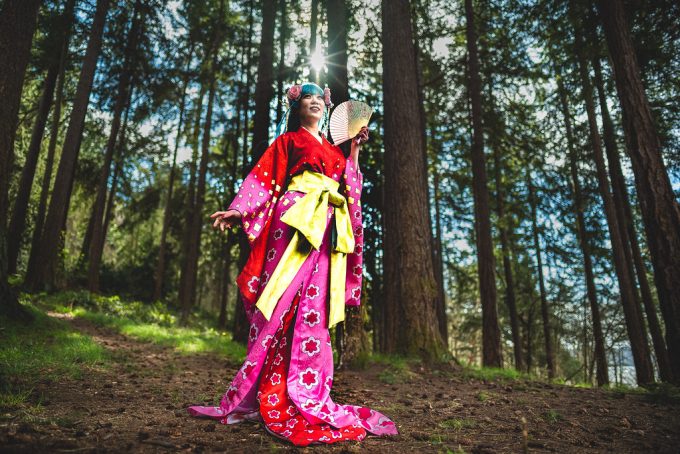
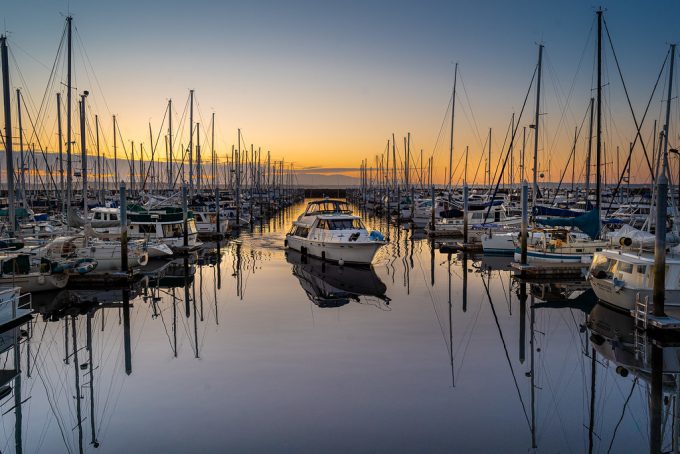

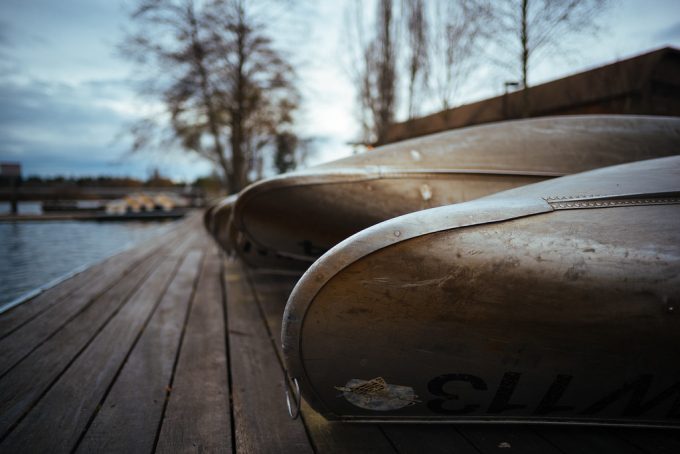
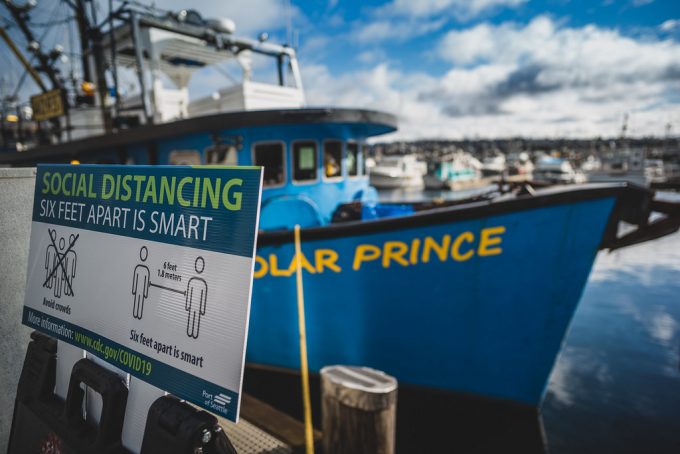
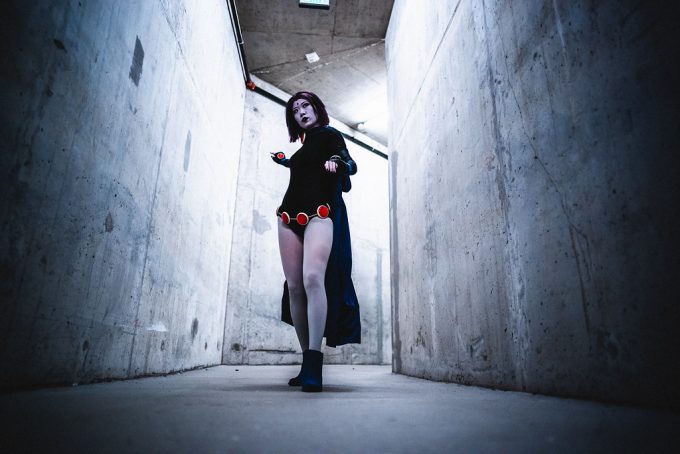


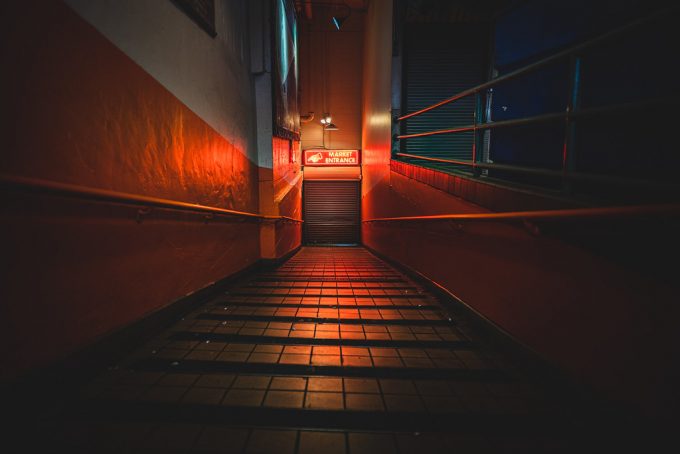


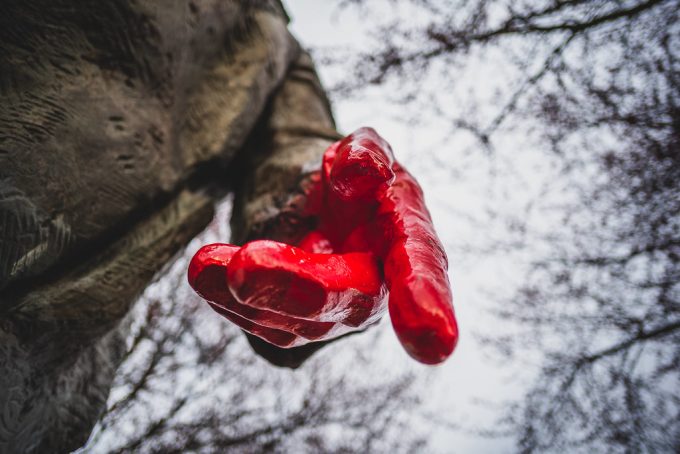
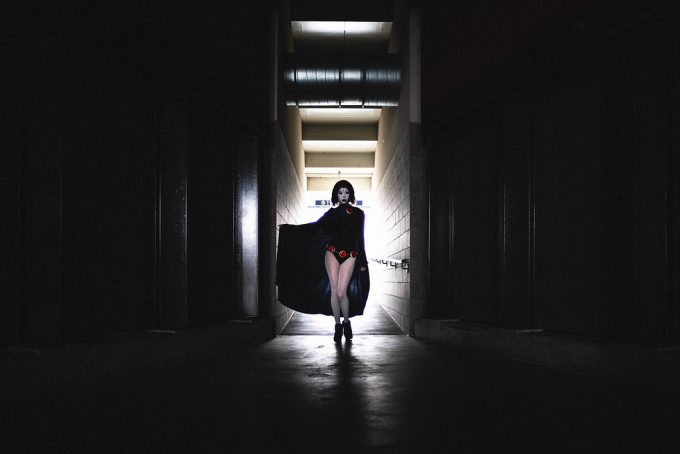

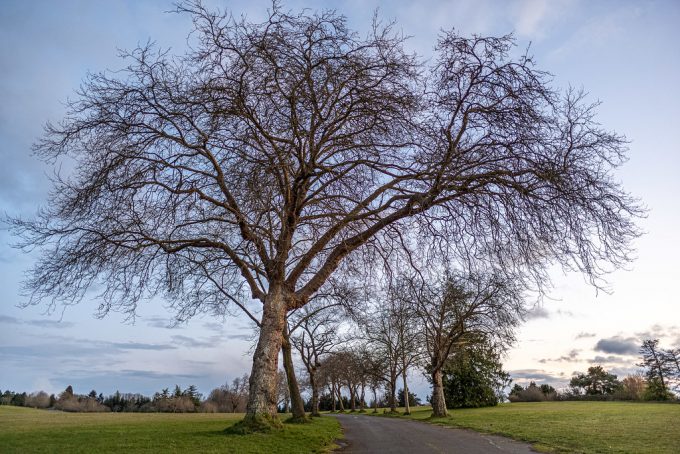


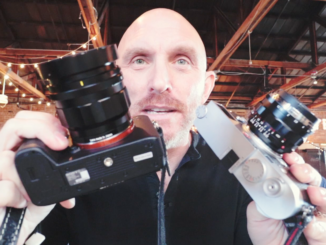
I love these photos especially the one of the food worker through the window with reflections
Great review Ashwin. I’ve been eyeing this lens for a while for use on my SL. I used to own the Leica 21mm SEM and while on my M240 it was perfection, on my SL it lacked a little. Since I no longer owned the M240 I couldn’t justify the price of the 21mm SEM given that the performance wasn’t on the same level mounted on my SL.
Anyway, the price of this Voigtlander is something I could swallow and being a new design my guess is it will still perform quite well on the SL. I own the newest version Voigtlander 15mm and the 50mm 1.2VM and they are both stellar. In my opinion the price/performance ratio of these new Voigtlander lenses is really fantastic.
Really lovely shots!
Many thanks for this great review
I had some CV lenses from 21 to 75mm and was very happy with all of them
Outstanding review Ash. Thank you for sharing your thoughts on this lens. Those colors are really nice and rich. New 35mm Nokton III heading my way for a try. I’ll let you know how it is. Ry